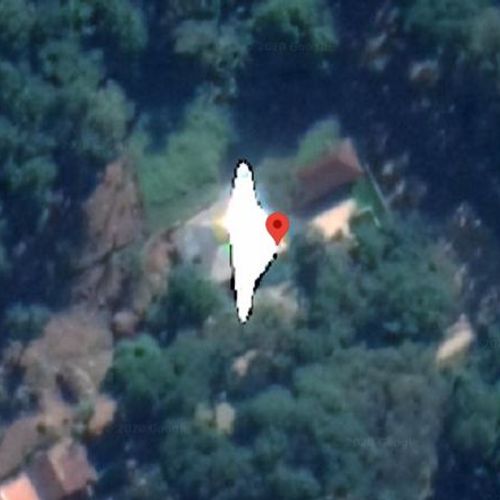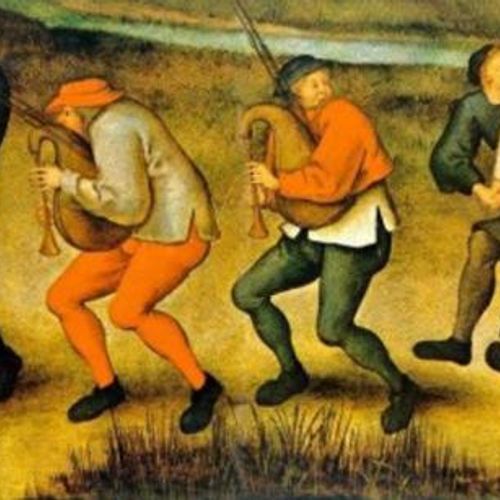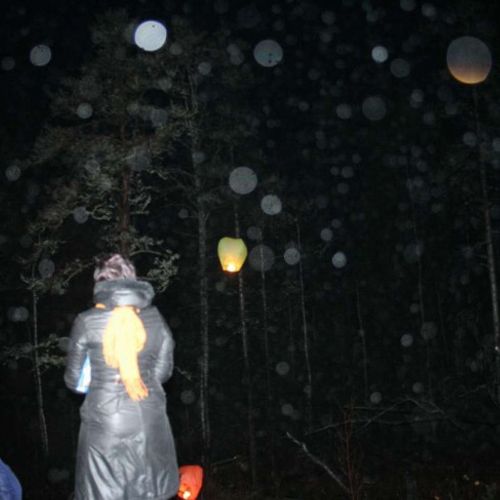
| Added | Wed, 09/08/2017 |
| Sources | |
| Феномены | |
| Version type |
Mass psychosis is a mental epidemic, which is based on podrazhaet and suggestibility. He can also meet with names such as "mass hysteria", "collective obsessive behavior" or "collective hysteria".
He refers to the expression of strong, inappropriate emotional or physical responses such as irrational fears and hopes, or sickness by a group of people as a result of suggestion, a misunderstanding of the facts, group reinforcement , or blindly following a false authority and affects the team or group of people, resulting in people losing normal judgment and normal judgment a way that makes people obsessed.
Sometimes it is visible not to the whole group, and one or ascolichen group who were the most suggestible or just happened to be "closer" to the observer (relatives, neighbors, friends).
The most vivid historical examples of mass hysteria think Salem witch hunt, St. Vitus's dance, the fascination with tulips in Holland in the 17th century, panic after reading on the radio of the book of Hg wells "war of the worlds".
Mass psychosis strikes such a subject mass forms incollective behavior, which is called "crowd", where a large role is played by unconscious processes. On the basis of emotional arousal spontaneous action in connection with any impressive events affecting the core values of the people.
Translated by «Yandex.Translator»
The epidemic of laughter in Tanganyika
This case occurred in Tanganyika (today's Tanzania) to boarding school when three girls started to laugh, and their laughter was too infectious. Soon they were joined by 95 of the 150 students. Some laughed for a few hours and others up to 16 days. The school was closed, but that didn't stop the laughter that moved to neighboring village. A month later there was another outbreak of laughter, struck 217 people.
Translated by «Yandex.Translator»
Related facts
Related news
Related articles
Log in or register to post comments













